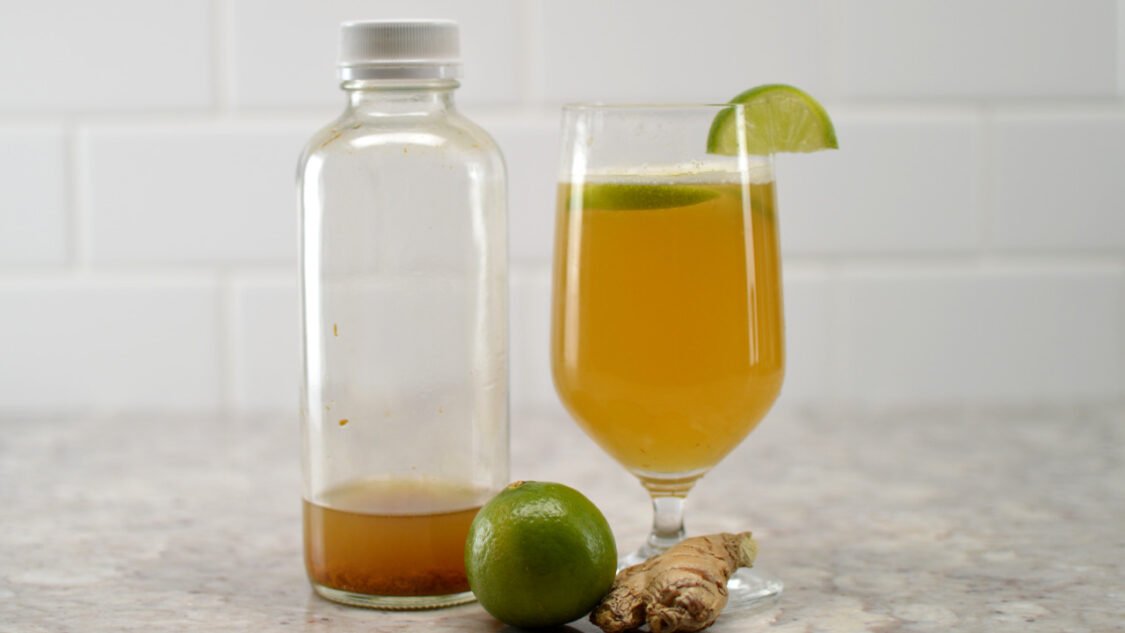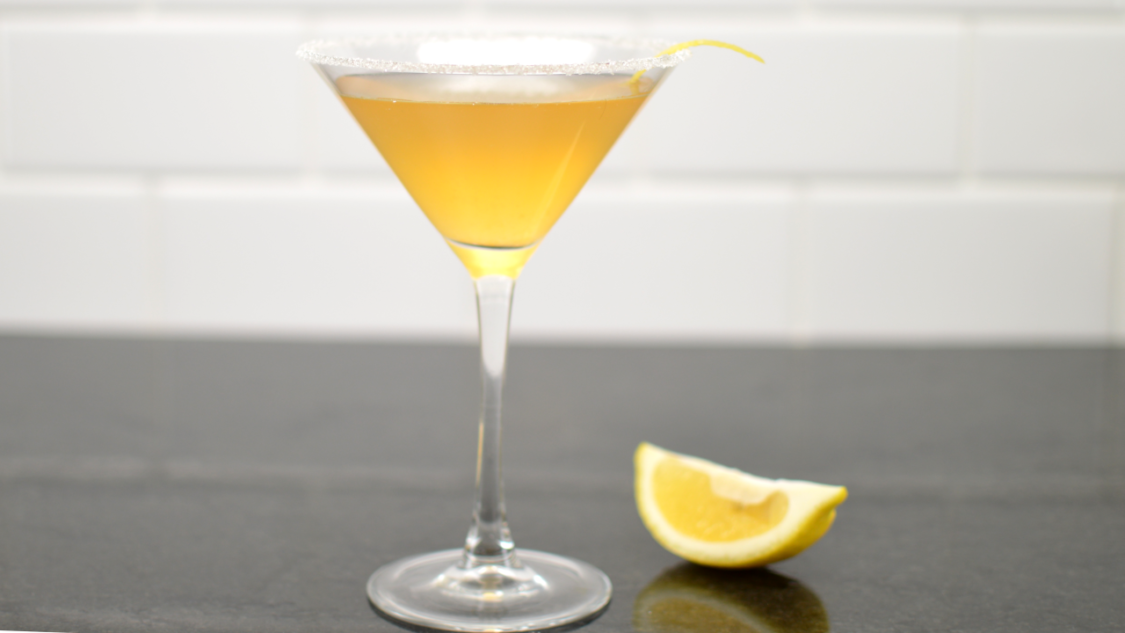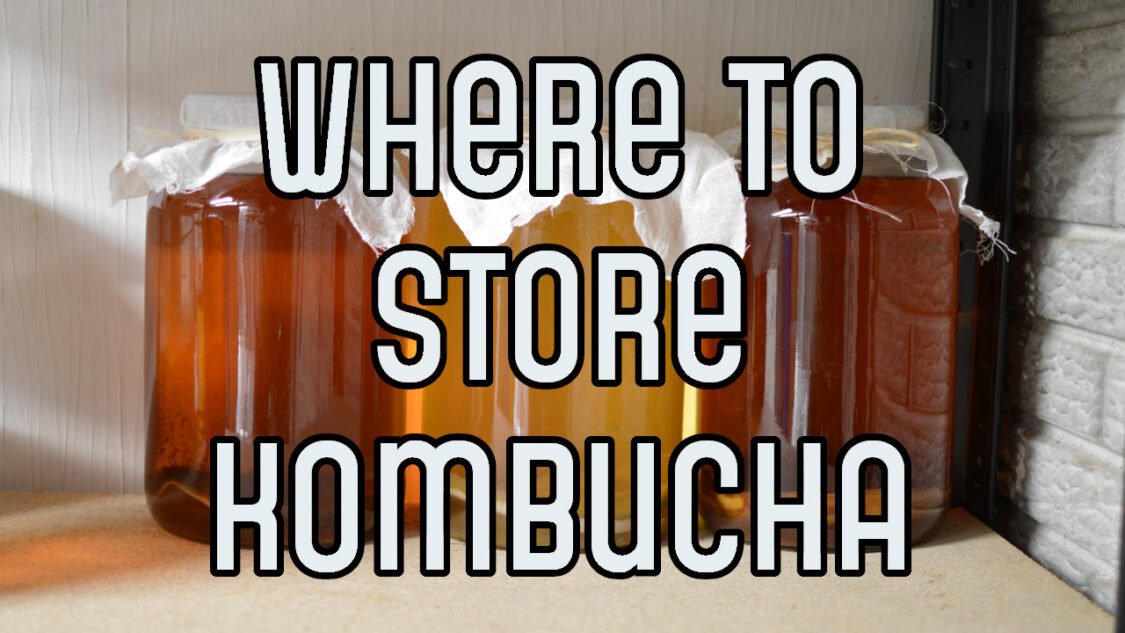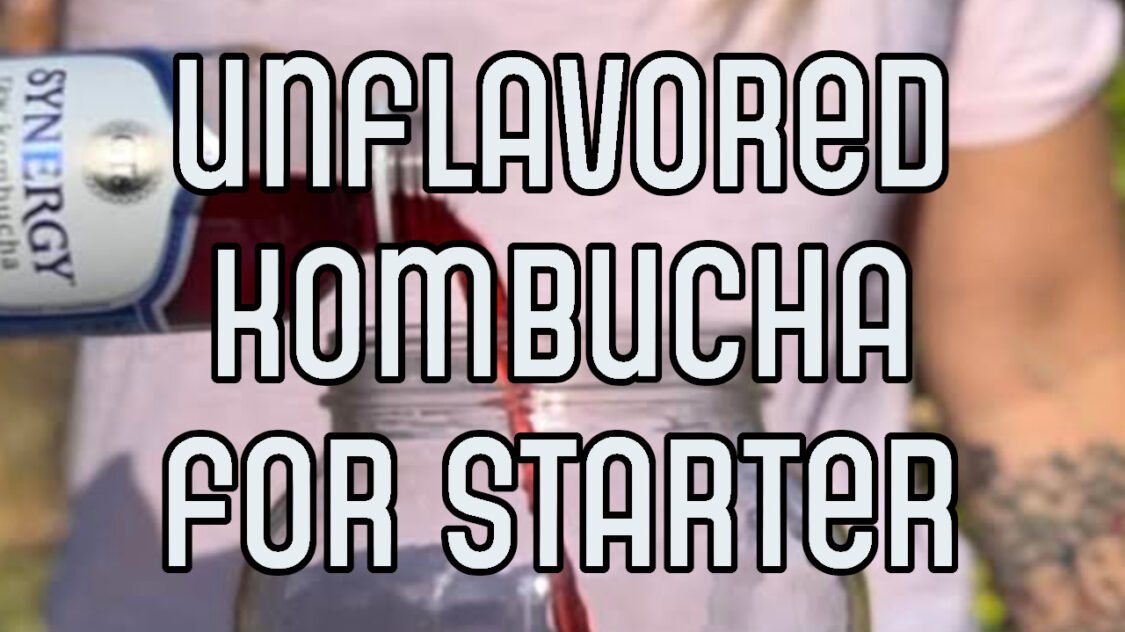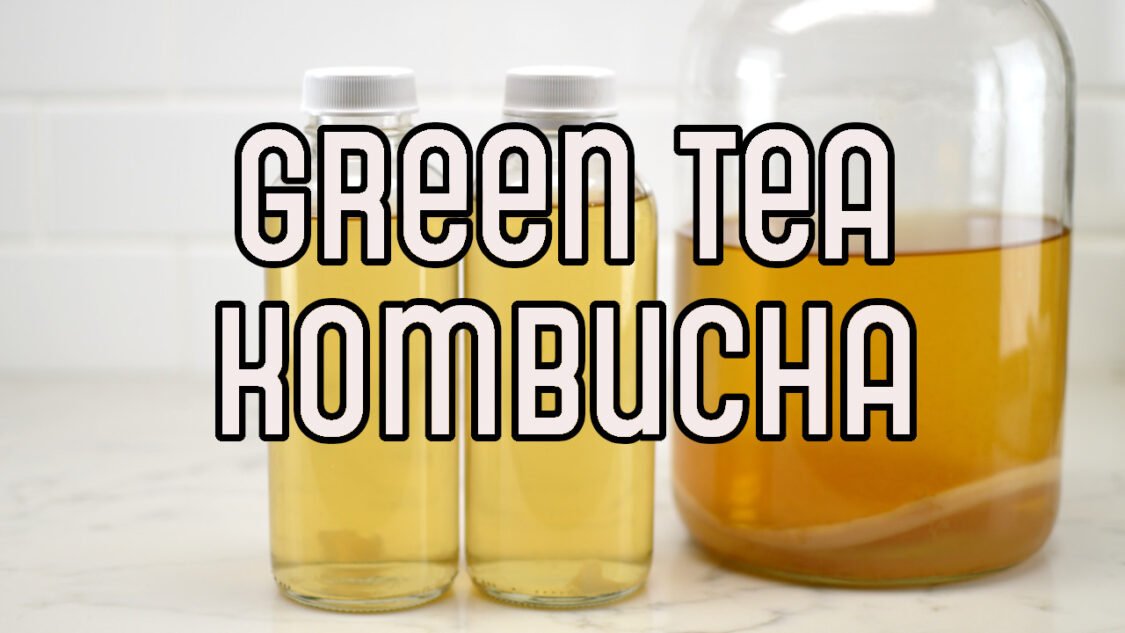How to Make Great Mocktails
Now that you have some tasty homemade kombucha, why not try it in a kombucha mocktail?

I often enjoy a good old-fashioned or a Manhattan served up but on days when I’m not drinking, I would prefer to drink something not overly sweet like soda or fruit juice. It was this situation that led me to research brewing kombucha mocktails.
Let’s dig into the science of alcohol and what it contributes to cocktails before talking about ways of mimicking alcohol in mocktails. Then explore how we can use homemade kombucha as the base to make satisfying mocktails.
What does alcohol taste like?
Pure ethanol (the scientific name for the alcohol in liquor) is colorless and flavorless but ask any Tequila or Bourbon fan to describe the flavors they get from their favorites spirit and they will rattle off any number of adjectives to describe the flavors they experience.
How do people describe plain old ethanol?
- Most people describe the taste of high-proof alcohol as a ” burning sensation.” Technically, this is known as a trigeminal sensation and it’s felt through nerves as pain as opposed to flavor through your taste buds.
- Ethanol is also astringent and provide a “drying” effect at high proof. Alcohol interferes with the mucus in your mouth. Try swishing around a sip of good tequila or bourbon for a few seconds and you’ll be left with a dry-mouth sensation.
- At about 10% ABV, alcohol is universally described as “bitter” while many tasters also called it slightly sweet.[1]
With that information the question becomes, what impact does alcohol have on a low ABV drink such as beer? As it turns out not a whole lot. Alcohol gives beer some dryness and can accentuate some of the sweet flavors in the malt, but alcohol doesn’t really add any flavor itself.
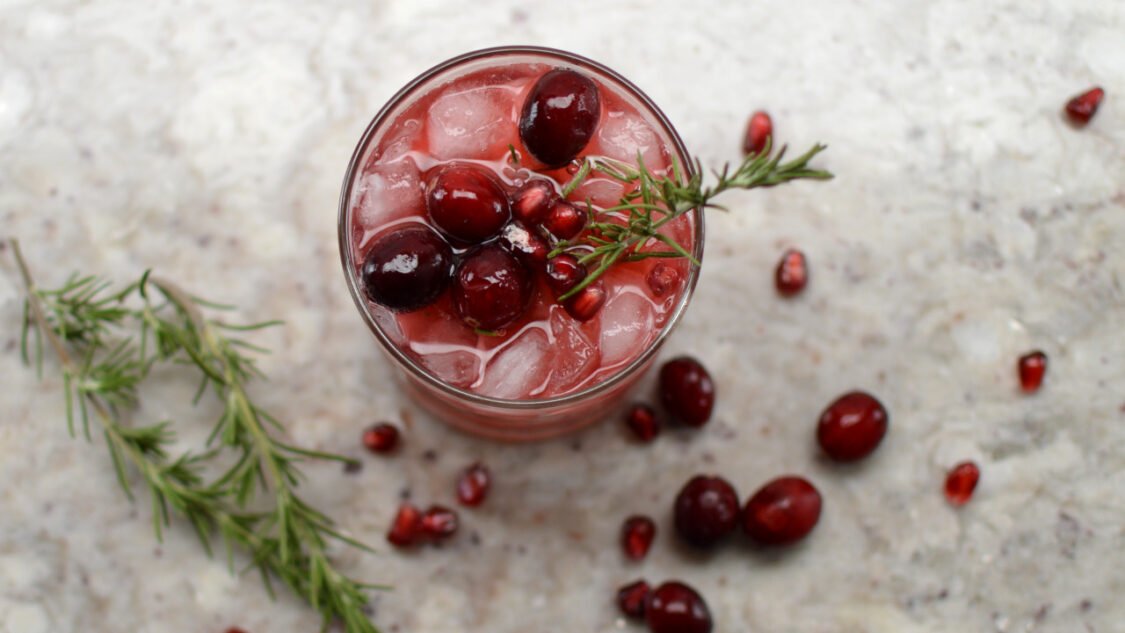
How to simulate alcohol in mocktails
Now we know that alcohol creates a “burning” sensation and is drying, bitter, and sweet.
To simulate alcohol in a mocktail we just need to add ingredients that can produce this effect and taste profile instead of alcohol.
- The best way to simulate the burn of alcohol is with something spicy such as ginger or chilies peppers
- The compound gingerol in ginger is often credited for giving ginger its bite; however, when ginger is boiled in syrup a derivative compound called shogaol is formed and is spicier than gingerol.
- Capsaicin is responsible for the heat in chili peppers and can be replicated using chilies.
- Astringency is more difficult to replicate. The best option for home cooks is oversteeped black tea since tea contains naturally-occurring tannins that replicate the astringency of alcohol and can add a decent amount of bitterness to a drink.
- The astringency of alcohol draws water out of the cells of the tongue where tannins, bind with the proteins that make mucus feel “wet,” which then makes your tongue feel more dry. The biophysical mechanism of the tanins is different but the result is the same
The magic of these compounds is in how they interact with other compounds used in making the drink to create otherwise unattainable flavors.
Bitterness, astringency, and spice are tools to amp up your mocktail game and add intangibles to an already tasty mocktail and give the impression that you might be sipping an actual cocktail.

How to Make Great Mocktails
To make a great mocktail, you will need a few key ingredients and tools:
- Fresh fruits and herbs: These add aromatics, flavor and visual appeal to your drink. Some of my favorites are berries, citrus fruits (lemon, lime, orange), rosemary, and mint.
- Mixers: Kombucha is the main mixer providing flavor and bubbles; however the addition of club soda, tonic water, and ginger ale to reduce the prominence of the kombucha
- Sweeteners: Kombucha contains some sweetness and to increase it use honey, simple syrup, or agave nectar
- Adjuncts: Ingredients such as oversteeped tea and habanero extract will give your mocktail more characteristics of a true cocktail
- Tools: A cocktail shaker, mixing glass, measuring cups and spoons
To make a mocktail, you can follow these basic steps:
- Choose a base for your drink. Here we are using kombucha and can supplement with juice, tea, or even a puree as the base to amplify and accentuate the base.
- Add sweetener, starting with a small amount and adjusting to taste.
- Add fresh fruits and herbs, muddle or blend them to release the flavors
- Add adjuncts to simulate alcohol
- Shake or stir well to chill the ingredients and combine into a uniform mixture
- Strain your drink into a glass and garnish with a slice of fruit or a sprig of herbs.
- Enjoy!
Mocktail Ingredient Recipes
The following are ingredients you can make at home and add to your mocktails to get the taste sensation closer to that of a real cocktail:
- Over-steeped Tea – adds bitterness and astringency to mocktails, simulating the drying sensation of alcohol
- Habanero Tincture – this adds a touch of the “burn” that you get from ethanol
- Ginger Simple Syrup – this will also give a touch of the “burn” normally produced by ethanol
- Spruce Tip Extract – simulates the the herbal notes of Gin in mocktails
You might Also Like
More Kombucha Knowledge
Helping you learn to brew kombucha, find inspiration for new kombucha flavors and use kombucha to make kombucha mocktails

